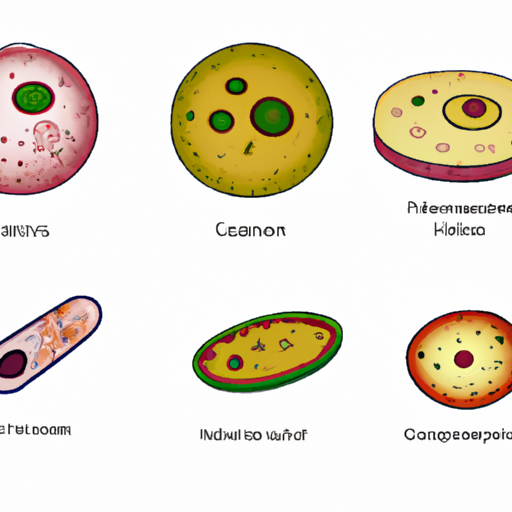Introduction
All living organisms are made up of cells, which are the basic building blocks of life. Despite the vast diversity of life forms, there are certain common traits that can be found in all cells. In this article, we will explore the similarities between all cells and unveil the fundamental characteristics that unite them.
Cell Membrane
One of the key similarities between all cells is the presence of a cell membrane. The cell membrane acts as a protective barrier, separating the internal components of the cell from the external environment. It regulates the movement of substances in and out of the cell, ensuring a controlled exchange of nutrients and waste products.
Genetic Material
All cells contain genetic material in the form of DNA (deoxyribonucleic acid). DNA carries the instructions necessary for the cell’s growth, development, and functioning. Whether it is a prokaryotic cell, such as a bacterium, with a single circular DNA molecule, or a eukaryotic cell, like those found in plants and animals, with multiple linear DNA molecules housed within a nucleus, the presence of genetic material is a universal feature of all cells.
Ribosomes
Another common trait shared by all cells is the presence of ribosomes. Ribosomes are responsible for protein synthesis, a vital process in all living organisms. These small structures can be found either freely floating in the cytoplasm or attached to the endoplasmic reticulum. Regardless of their location, ribosomes play a crucial role in translating the genetic instructions encoded in DNA into functional proteins.
Metabolism
All cells possess the ability to carry out metabolic activities. Metabolism refers to the set of chemical reactions that occur within a cell to sustain life. These reactions involve the conversion of nutrients into energy, the synthesis of molecules necessary for cellular processes, and the breakdown of waste products. Whether it is a simple prokaryotic cell or a complex eukaryotic cell, the presence of metabolic pathways is essential for cell survival.
Energy Production
Cells require energy to perform their various functions. All cells have mechanisms in place to generate energy, typically in the form of adenosine triphosphate (ATP). The process of ATP production may differ between different types of cells, but the fundamental principle remains the same. From photosynthetic cells in plants that convert sunlight into chemical energy to animal cells that rely on the breakdown of glucose through cellular respiration, energy production is a shared characteristic among all cells.
Conclusion
In summary, while cells may vary in size, shape, and complexity, they share several common traits. These include the presence of a cell membrane, genetic material, ribosomes, the ability to carry out metabolic activities, and mechanisms for energy production. Understanding these fundamental similarities between all cells allows us to appreciate the unity of life and the remarkable interconnectedness of living organisms.




